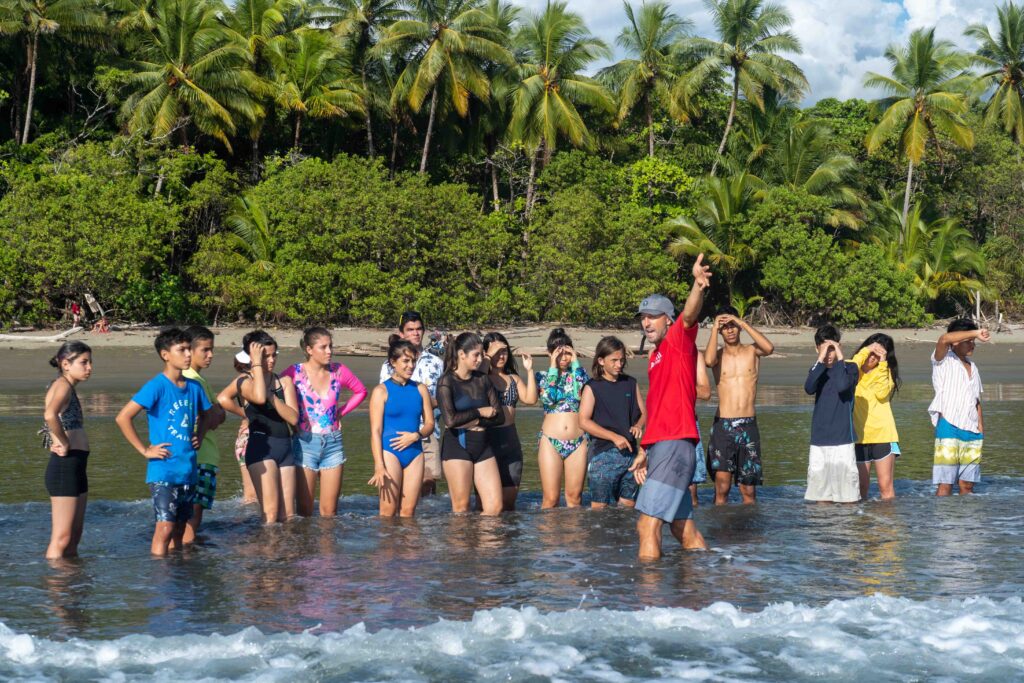Safety is a basic human need. We want to travel, see new places, and meet new people, and sometimes the only thing holding us back from doing so is our fear of the unknown. You’re here because you’re traveling to Costa Rica and want to learn the safest way of doing so. Costa Rica has the reputation for being a very safe country to visit, which is just one of the reasons why it’s so popular (even for first-time international or solo travelers).
This blog will give you five easy tips that will help keep your person (and your belongings!) safe when traveling here in Costa Rica — but note that these tips can be applied anywhere you travel, from Kazakhstan to Japan and anywhere in between. Follow these steps to bring you more peace of mind on your trip — that way all you have to do is enjoy your vacation!
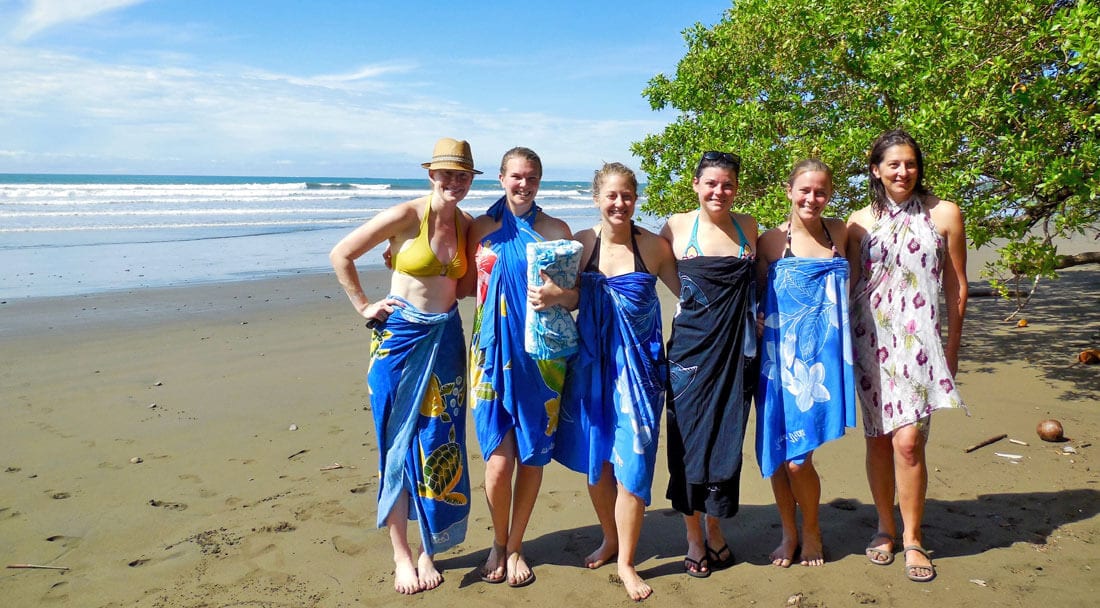
1. Put away the shiny objects
When I first came to in Costa Rica to study abroad in 2013, I met a fellow traveler named Leslie. Leslie grew up in Spanish Harlem in New York City. Our group leaders warned us about which places in Costa Rica to avoid, due to higher than average crime rates. Leslie could identify with these warnings as people often say the same things about her neighborhood in New York. Her saying was “If you look like you want to get mugged, you’re going to get mugged”.
I share this is not to imply that victims are asking to get mugged, but rather to stress her underlying point: don’t appear to have anything of value to take. Don’t wear diamond jewelry, Rolex watches, or Armani suits when you travel. Travel light. Here in Costa Ballena, Costa Rica it’s often sweltering hot or rainy, so you really won’t want much hanging off you anyways. I even recommend limiting the public use of your phone — if no one knows you have an iPhone X hidden in your bag, they won’t be tempted to take it. Why not use your vacation time to unplug, anyways? You probably don’t get many opportunities to do so in your everyday life!
2. Practice awareness
This is the case for anywhere you may find yourself. One of your main safety assets is your awareness — always have your wits about you. Without judgment, simply take in your surroundings. A few examples include:
- Understanding where everyone is in relation to you.
- Showing confidence when you walk, such as a proud chest and lifted chin. This implies confidence and strength.
- Avoiding use of your cell phone when walking.
- Looking all around, and especially up!
You may be wondering why you should look up — what’s up there? Well, if you’ve decided to come to one of the most biodiverse countries in the world, there could be lots of exciting stuff above you! Monkeys, toucans, sloths. But for your safety, you should keep your eyes up to be aware of falling coconuts; avoid parking or standing under a coconut tree to ensure one doesn’t fall on you!
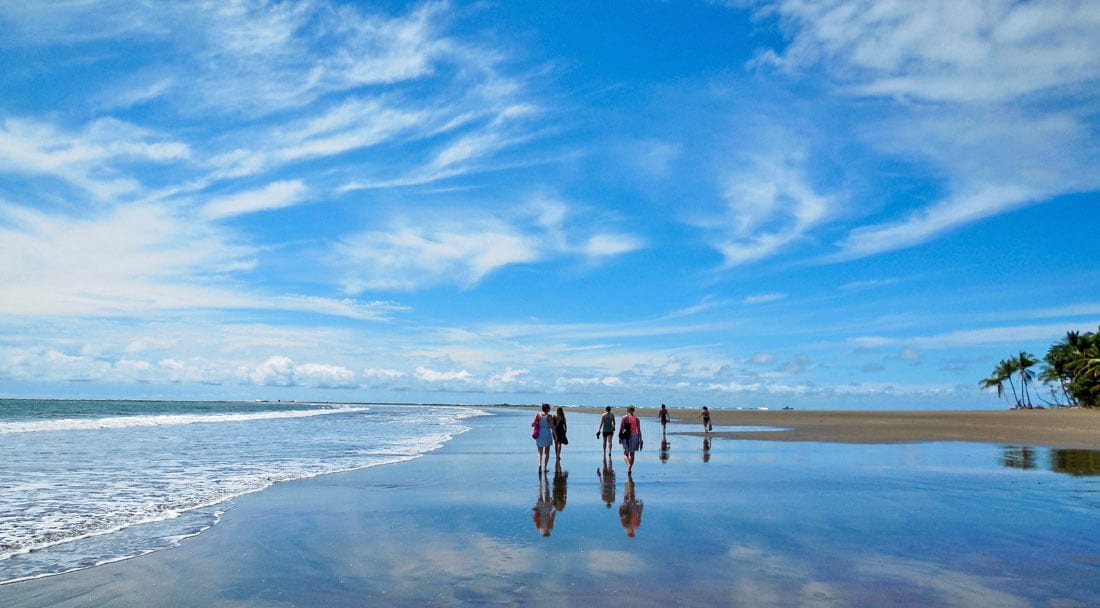
3. Know where you’re going
Costa Ricans (Ticos) are extremely an friendly and welcoming people, and are happy to provide information to help you get where you need to go. I’m repeating myself again because often times we need a few reminders in order for it to process: don’t walk around with your face in your phone, whether you’re reading directions or following a map. It’s best to know where you’re going before you leave your accommodations. Walk with confidence but don’t be afraid to ask someone for help. I suggest asking someone in the tourism or service industry — restaurants, hotels, hostels, etc. They genuinely want you to enjoy your stay and will do their best to get you where you need to go.
While we are on the subject of directions, I should mention that here in Costa Rica, they really don’t have addresses like they do in most other places in the world. Directions are given by references such as “the blue house 200 meters past the bank.” I didn’t learn the approximate distance of a meter or kilometer until I came to Costa Rica. I recommend familiarizing yourself with the metric system so you have an easier time following directions and don’t end up somewhere you shouldn’t be.
4. Keep an eye on your valuables (or better yet, leave them in your room)
I mentioned putting away shiny objects in my first point, but I know many of you will still bring them on your trips. I get it, you want to capture the playful monkeys and majestic sunsets. My advice is keep an eye on your belongings. Personally, I don’t bring my cell phone to the beach if I’m planning on getting in the water for a swim. Not because I think someone will take it, but because I simply cannot use them when I’m in the water enjoying the waves. And if I’m enjoying the waves then there is no need to bring my cell phone, jewelry, or camera anyways. It’s best to leave them in your room and be present in nature. Experience Mother Ocean without the temptation to snap a picture. I guarantee that picture won’t do her justice anyways. Soak in the present moment and protect your belongings from sand, overheating, and potential theft by leaving them at home
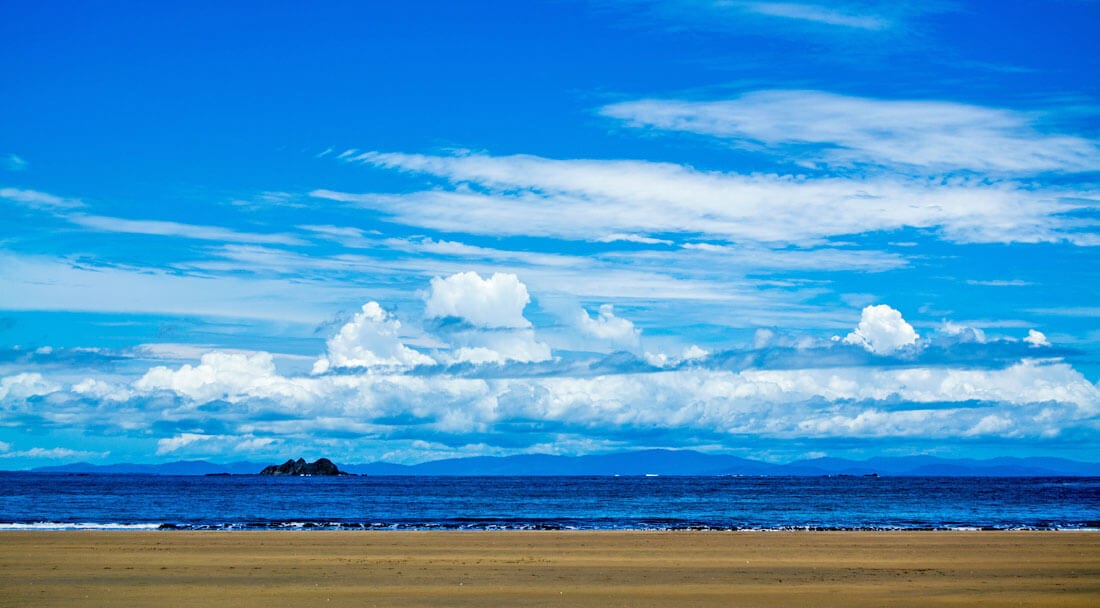
5. Understand currents
Here in Bahia Ballena we have so many beautiful beaches to choose from: Playa Chaman, Punta Uvita, Playa Hermosa, and Playa Dominical to name a few. But there are incredible beaches all over Costa Rica. Regardless of which beach you choose to enjoy, you should understand the rip currents that exist in each one. At Bodhi Surf + Yoga, we teach our surf lessons at Playa Chaman, a local beach that, when there are rip currents, frequently run parallel to the beach. This is much safer than a beach whose rip current pulls out to sea; however, nature is unpredictable, and awareness is key. If you’re in the water, choose a landmark to keep your eye on. If you notice you’ve moved pretty far away from it in either direction, reposition yourself and consider swimming closer to shore.
If you do find yourself in a rip current, the first thing you should do is stay calm and swim perpendicular to the current to get out of it. In most cases you’ll be swimming parallel to the beach to exit a ocean bound rip current. Then swim diagonally to the beach until you reach shore. Most importantly, avoid swimming directly against a rip.
In conclusion…
Anytime you go somewhere new, you need to be aware of the implications. Costa Rica is a tourism-based country so it’s important to those of us who live and work here that our visitors feel safe during their stay. If you remain aware of your surroundings during the day, night, in forests, cities and oceans, you will have a smooth-sailing vacation.
My dad always told me to “trust but verify.” Trust that your instincts will keep you safe in any situation, but verify your safety by staying alert, leaving your valuables in your room, and understanding this new environment.
Written by Katie Jones
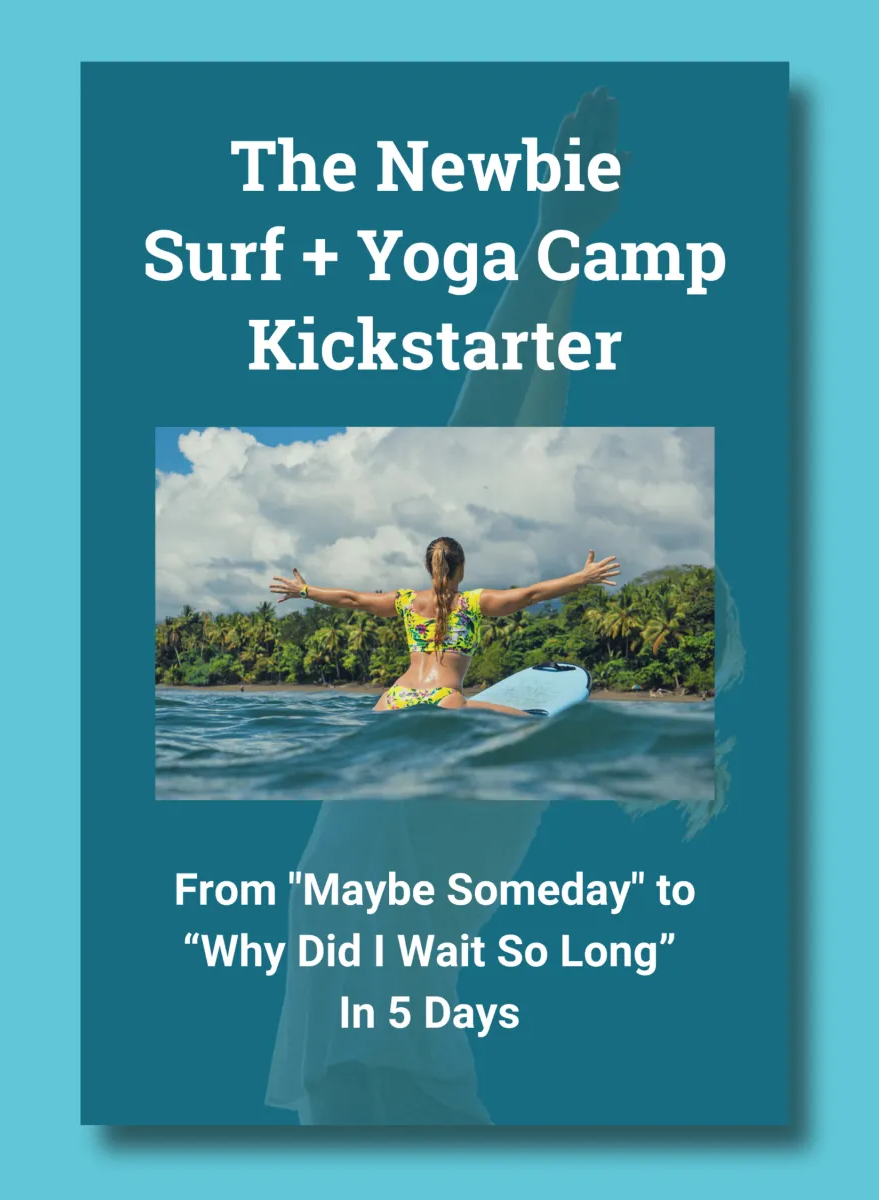
For First-Time Surfers
You Don't Need Experience. You Don't Need Gear. You Just Need This.
Our free 5-day email course that reveals the 5 myths keeping beginners at "I'm not ready" instead of catching their first wave and finding inner peace-and how to overcome them fast.
Change the heading on the Separator tab ->
Search
Change the heading on the Separator tab ->
Most Read Blogs
What is the Meaning of Anjali Mudra?
May 27, 2020
Fitness for Surfers: Workouts, Exercises & Training
February 10, 2022
The Best Places to Eat in Uvita, Costa Rica
May 19, 2022
How to Get From SJO to Costa Ballena, Costa Rica
May 31, 2018
Change the heading on the Separator tab ->
Categories
Categories
- Bodysurfing (5)
- Food (8)
- Responsible Business (6)
- Surfing (66)
- Travel (65)
- Yoga (44)
Change the heading on the Separator tab ->
Newsletter
Thanks for subscribing! Please check your email for further instructions.
Change the heading on the Separator tab ->
Follow Us
Bodhi Surf + Yoga
Change the heading on the Separator tab ->
Read more
How to Give Back on Your Vacation
Words by George Frost
We’re just here to remind you that we DON’T have to feel bad about traveling. If done correctly and intentionally, traveling can be – and is, positive for the people of the…
A Typical Day: Bodhi Sessions 7 Day Surf + Yoga Camp
Words by George Frost
If you’re looking for a surfing and yoga experience that inspires, educates, and empowers – look no further! Our Bodhi Sessions 7 Day Surf + Yoga Camp is designed to help you…
A Typical Day: Bodhi Sessions 14 Day Surf + Yoga Camp
Words by George Frost
If you’re looking for a surfing and yoga experience that inspires, educates, and empowers – look no further! Our Bodhi Sessions 14 Day Surf + Yoga Camp is designed to help you…

